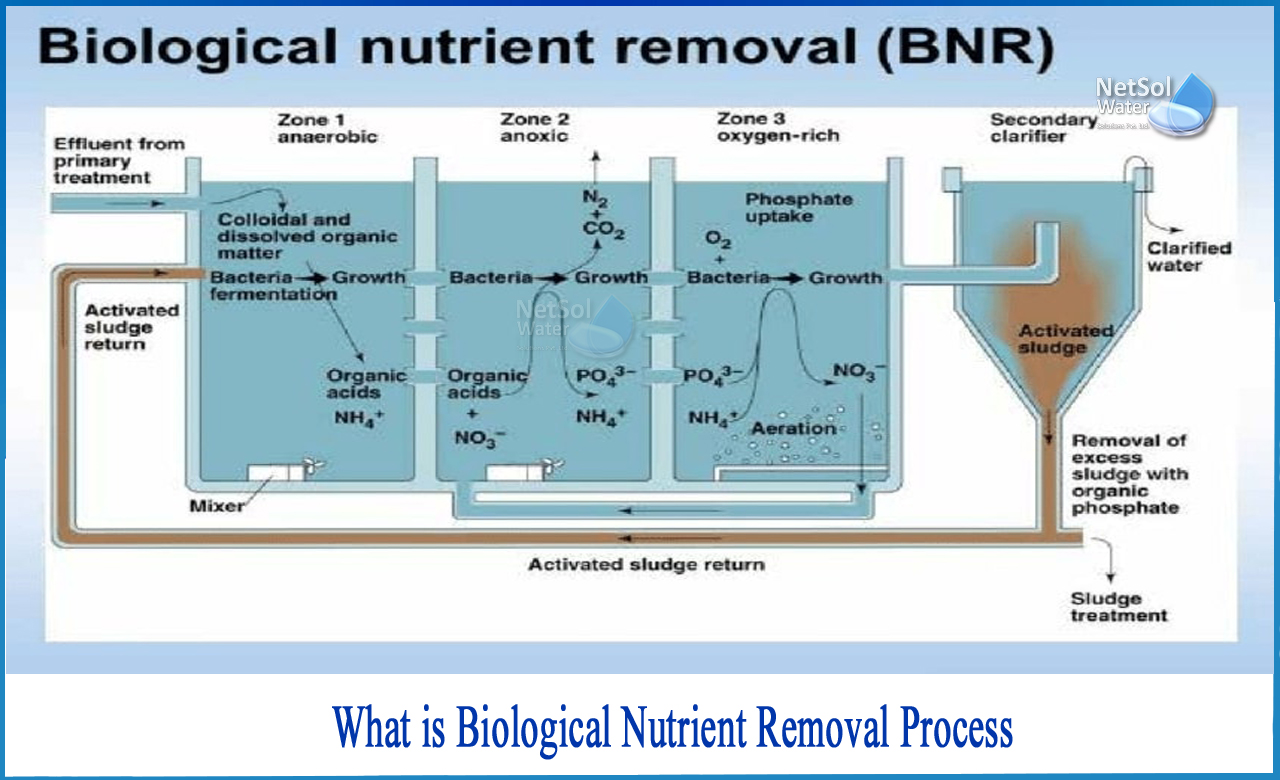What are nutrients?
Nutrients are compounds required for human, plant, and animal growth. Organisms absorb nutrients and use them to grow. Most aquatic creatures require carbon, nitrogen, and phosphorus as nutrients.
Why do we care about nutrients in wastewater?
Water is a valuable resource that we must safeguarded in order to improve our own and our children's quality of life. Many water bodies are now impacted by nutrient-related issues, such as:
1: Nitrous oxide
2: Phosphorus
3: Depletion of oxygen
4: Algal development
5: Ammonia
6: Biological compatibility
7: The presence of turbidity
Algal blooms, fish mortality, murky water, increased microorganisms that are hazardous to human health, and the loss of valuable aquatic plants and animals can all result from these deficiencies.
Point source dischargers, such as wastewater treatment facilities, have been given tight and often decreased effluent limits for nitrogen and phosphorus — the major culprits – in order to mitigate impairments. Chemical removal of nutrients can be expensive, and it can also introduce unwanted compounds into the sludge and effluent.
Biological Removal of Nitrogen and Total Phosphorous
Total nitrogen and total phosphorus are removed from wastewater via biological nutrient removal, which involves utilizing microorganisms and altering environmental conditions throughout the treatment process.
What is the biological nutrient removal process?
The tanks in this procedure are placed in the following order: anaerobic tank, anoxic tank, and oxic tank.
Influence and return activated sludge to the anaerobic tank, while nitrified liquor is recycled from the oxic (nitrification) to the anoxic (denitrification) tank using a circulating pump. In the oxic tank, ammonia nitrogen is oxidized to nitrite or nitrate, which is subsequently denitrified to nitrogen gas in the anoxic tank.
It may be essential to add organic materials to the reaction tank, such as methanol and sodium hydroxide, depending on the water quality of the influent. If more steady phosphorus removal is required, a coagulant can be added to the reaction tank.
A typical flowchart showing the combination of processes involved

Applicability of Biological Nutrient removal process
The nitrogen removal effectiveness of this procedure is estimated to be 60-70 percent for municipal sewage of standard water quality, and 70-80 percent for phosphorus removal.
Advantages and Drawbacks of Biological Nutrient removal process
a. Positive aspects
i. This method removes both nitrogen and phosphorus at the same time.
ii. By recycling nitrified liquor from the aerobic tank to the anoxic tank, a portion of the alkalinity used in the aerobic tank is restored by denitrification reaction in the anaerobic reaction tank.
b. Negative aspects
i. This method, in general, necessitates a bigger reaction tank than the typical activated sludge procedure.
ii. Because the nitrogen removal process operating parameters, such as SRT, clash with the phosphorus removal process, the optimal SRT condition must be adjusted to remove both nitrogen and phosphorus. Because a greater SRT value is required than in the AO process, the phosphorus removal efficiency is often lower than that of the AO process.
Biological Nutrient Removal Processes: Principles of Operation
The following are the guiding principles of the biological nutrient elimination mechanisms detailed in:
a. Determine if nitrogen and phosphorus removal is necessary in accordance with the country's discharge guidelines or sewage quality requirements;
b. Determine if N or P removal is required alone, or whether both are required;
c. Do a laboratory research to determine which design standards should be followed, particularly for phosphorus.
d. If a laboratory research is too difficult, try chemical phosphorus removal (precipitation) with lime or alum.
Technical assistance and guidance
Netsol Water collaborates with a wide range of international organizations to tackle complicated problems by strategically integrating modern treatment technology with practical solutions. We are the leading name for manufacturers of water and wastewater treatment plants including Stabilization Ponds, and is known to be NO. 1 at solving complicated processes like nutrient removal.
Netsol Water is Greater Noida-based leading water & wastewater treatment plant manufacturer. We are industry's most demanding company based on client review and work quality. We are known as best commercial RO plant manufacturers, industrial RO plant manufacturer, sewage treatment plant manufacturer, Water Softener Plant Manufacturers and effluent treatment plant manufacturers. Apart from this 24x7 customer support is our USP. Call on +91-9650608473, or write us at enquiry@netsolwater.com for any support, inquiry or product-purchase related query.



